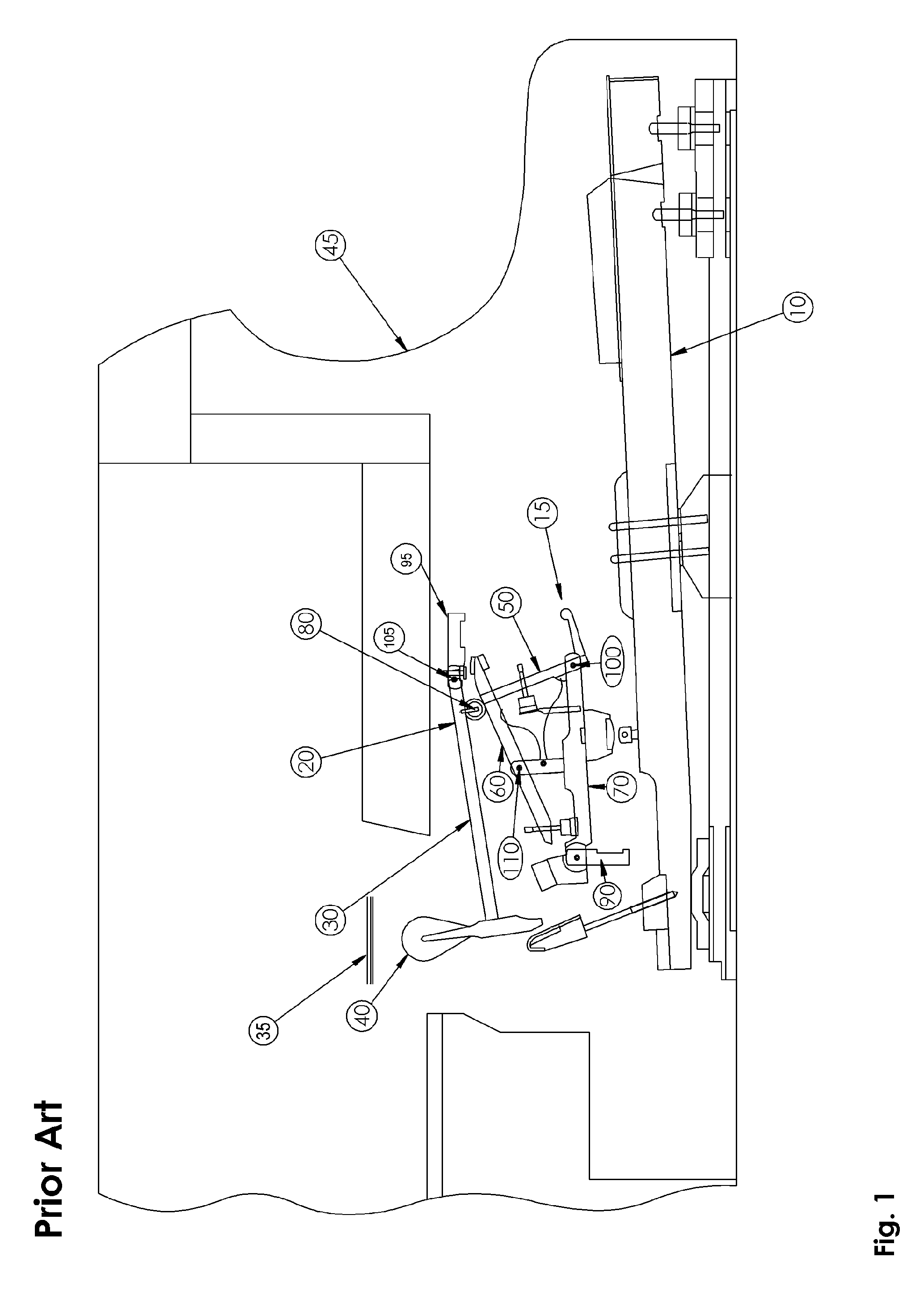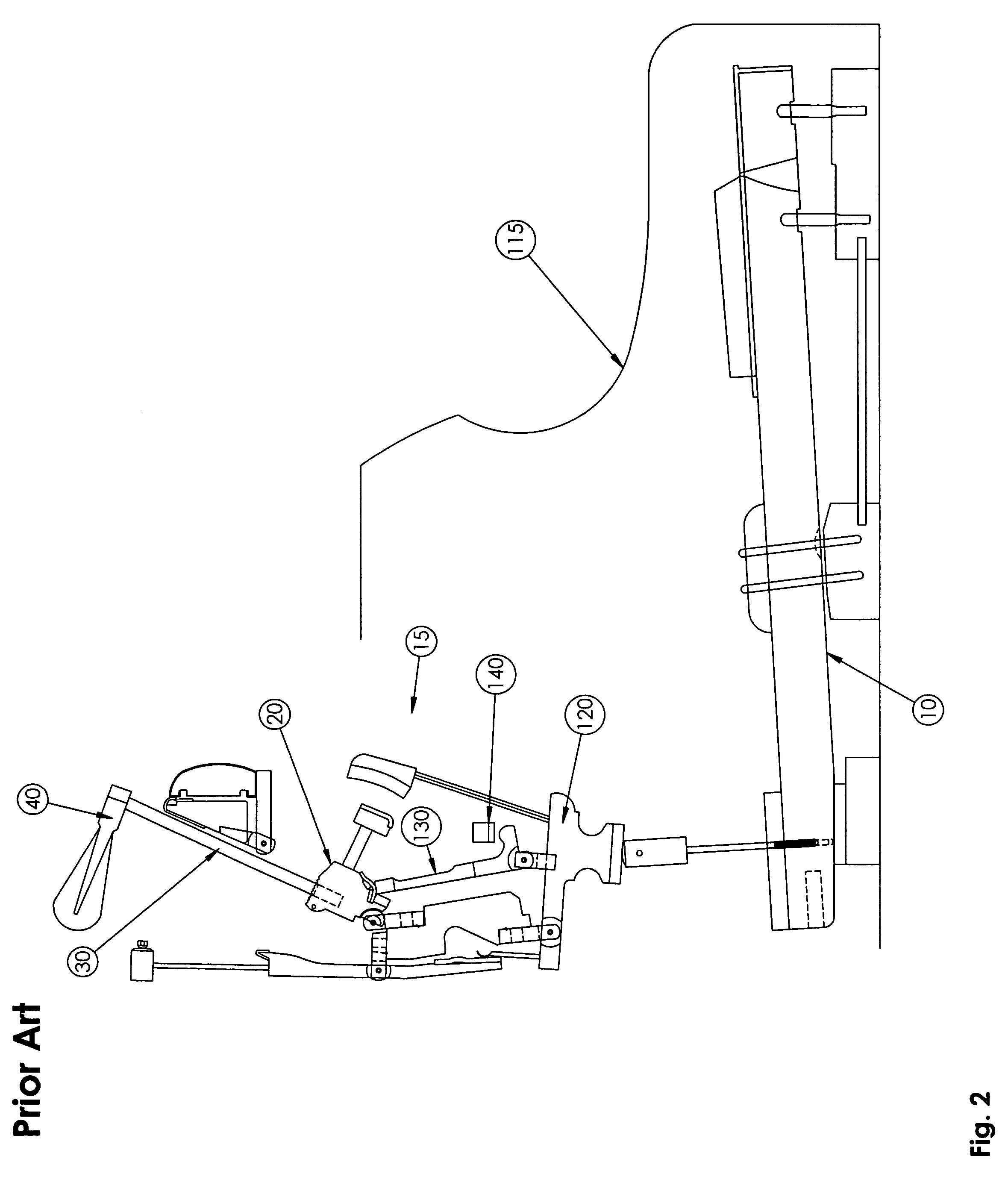Hammer shank and shank butt for piano
a technology of hammer shank and piano, which is applied in the direction of strings, instruments, etc., can solve the problems of laborious and costly process of hole drilling, string deeply affecting the music generated by the piano, and inefficient wood raw materials
- Summary
- Abstract
- Description
- Claims
- Application Information
AI Technical Summary
Benefits of technology
Problems solved by technology
Method used
Image
Examples
Embodiment Construction
)
[0028]A hammer assembly consists of a hammer 40, a hammer shank 30, and a shank butt 20. This invention includes novel hammer shanks 30 and novel shank butts 20 that can be attached to prior art hammers 40, which are made of wood and felt, typically hornbeam wood and felt. The novel hammer shanks 30 and novel shank butts 20 can be installed into any piano, both grand and upright pianos.
[0029]A grand piano shank butt 20 has two flange attachment holes 220, which are used to install a hinge pin in order to create a pivotal connection to a shank flange. A grand piano shank butt 20 also includes a hollow area 230, which is necessary to allow clearance for the shank butt 20 to pivotally rotate about the shank flange.
[0030]More than one diameter hammer shank 30 is used in a typical piano. Thus, the invention includes separately designed shank butts 20, each with an appropriated sized hole 200, to accept the various hammer shank 30 diameters in the public domain. In addition, the inventio...
PUM
 Login to View More
Login to View More Abstract
Description
Claims
Application Information
 Login to View More
Login to View More - R&D
- Intellectual Property
- Life Sciences
- Materials
- Tech Scout
- Unparalleled Data Quality
- Higher Quality Content
- 60% Fewer Hallucinations
Browse by: Latest US Patents, China's latest patents, Technical Efficacy Thesaurus, Application Domain, Technology Topic, Popular Technical Reports.
© 2025 PatSnap. All rights reserved.Legal|Privacy policy|Modern Slavery Act Transparency Statement|Sitemap|About US| Contact US: help@patsnap.com



